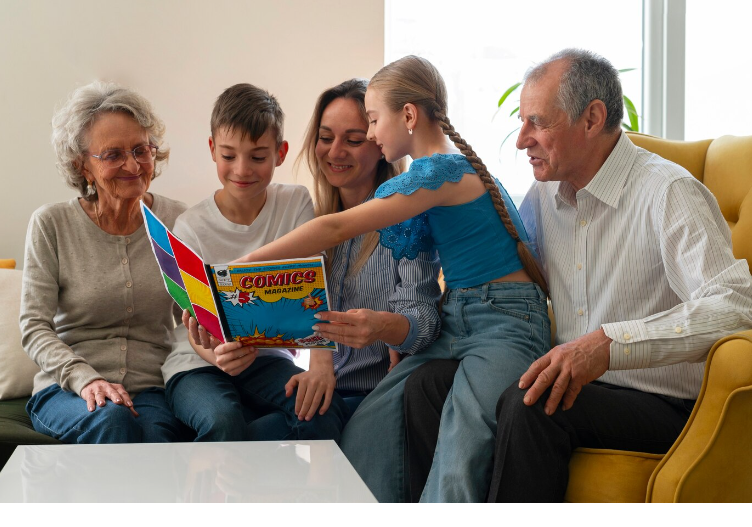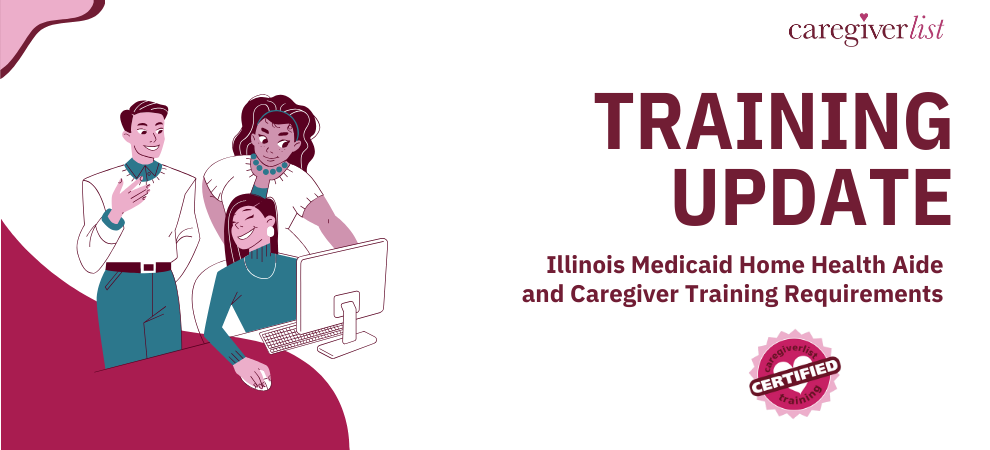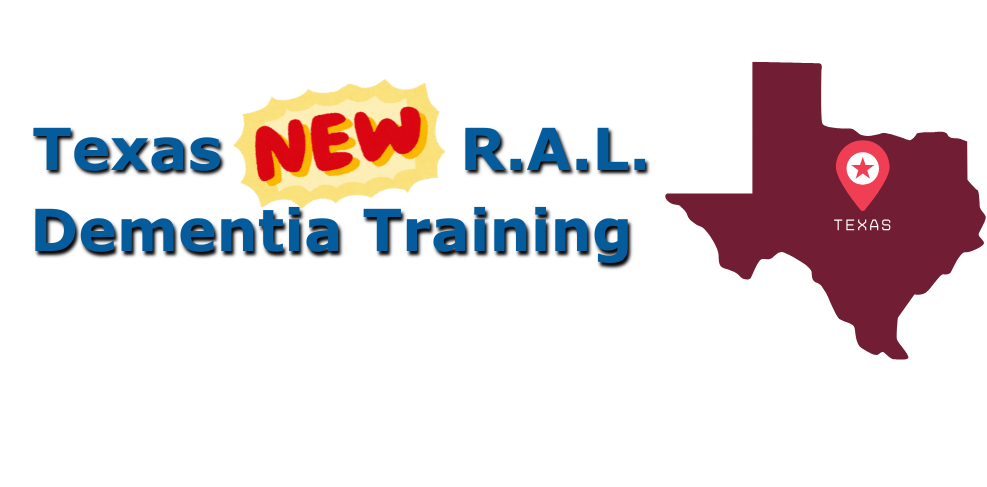“Grampa is coming to live with us.” “Mom, I’m moving back home.” A struggling economy and an aging society is creating a new living dynamic in American — the three- (and sometimes four-) generation home.
We know that people are living longer and, while long-distance family caregiving is still common, it is also expensive. Families may use senior home care agencies to provide professional care to assist their elderly relatives with activities of daily living. Costs can skyrocket in times of crisis when a son or daughter finds themselves scrambling to make last-minute travel plans and miss work. Senior care costs such as those for nursing homes and assisted living communities continue to increase, and many families may find it more economical to take a parent or parents into their own home.
According to the Pew Research Center, 57 million Americans, or 18.1% of the population lived in multi-generational family households in 2012. That number has doubled since 1980. Why the uptick? Many factors come into play, but The Great Recession of 2007-2009 has had a huge effect in the change in living arrangements. Many families lost their homes in the collapse of the housing bubble, forcing them to combine households. Young adults aged 25 to 34 have become a new demographic; known as the “boomerang youth’, they find themselves returning to the family home when it’s no longer economically viable to live on their own.
I’m part of the “Sandwich Generation”. I care for my children as well as an aging parent. The time and effort (and money) I spend supporting two households could be minimized if I could just combine them. I might also be able to claim my parent as a dependent if I pay more than half of their financial support. As a dependent, my parent’s exemption will be worth $4,000 in 2015.
Multigenerational living is not a new concept by any means. In fact, prior to WWII, it was the norm. But prosperity and suburban sprawl gave way to the migration of the nuclear family. According to the Pew Research Center, in 1940, about a quarter of the population lived in a multi-generational home; by 1980, just 12% did.
The trend reversal has benefits that extend beyond the financial. If the grandparent is healthy, they can provide free childcare to the working parent(s). Many find that daily contact between grandparent and grandchild to be invaluable. And, of course, senior isolation is nonexistent. However, there are drawbacks.
The only way to make it work, according to many multi generational families who live together, is to find a space that provides separation and retrofitting existing living spaces to accommodate the elderly. This means building an addition to a current home to provide an “in-law” apartment, or adding an elevator to ease access to multiple floors.
Some builders like Lennar with their NextGen homes, are creating “homes within homes” — complete with bedroom, full bath, kitchenette, living room, laundry room and separate entrance.
Be prepared to see more of these types of living situations. It looks like I may have to give it a go in the near future. And while I’ve always dreamed of living on the Kennedy compound, I have a feeling my multigenerational family home will look a lot more like the Waltons.
Main Menu
Main Menu
Main Menu







